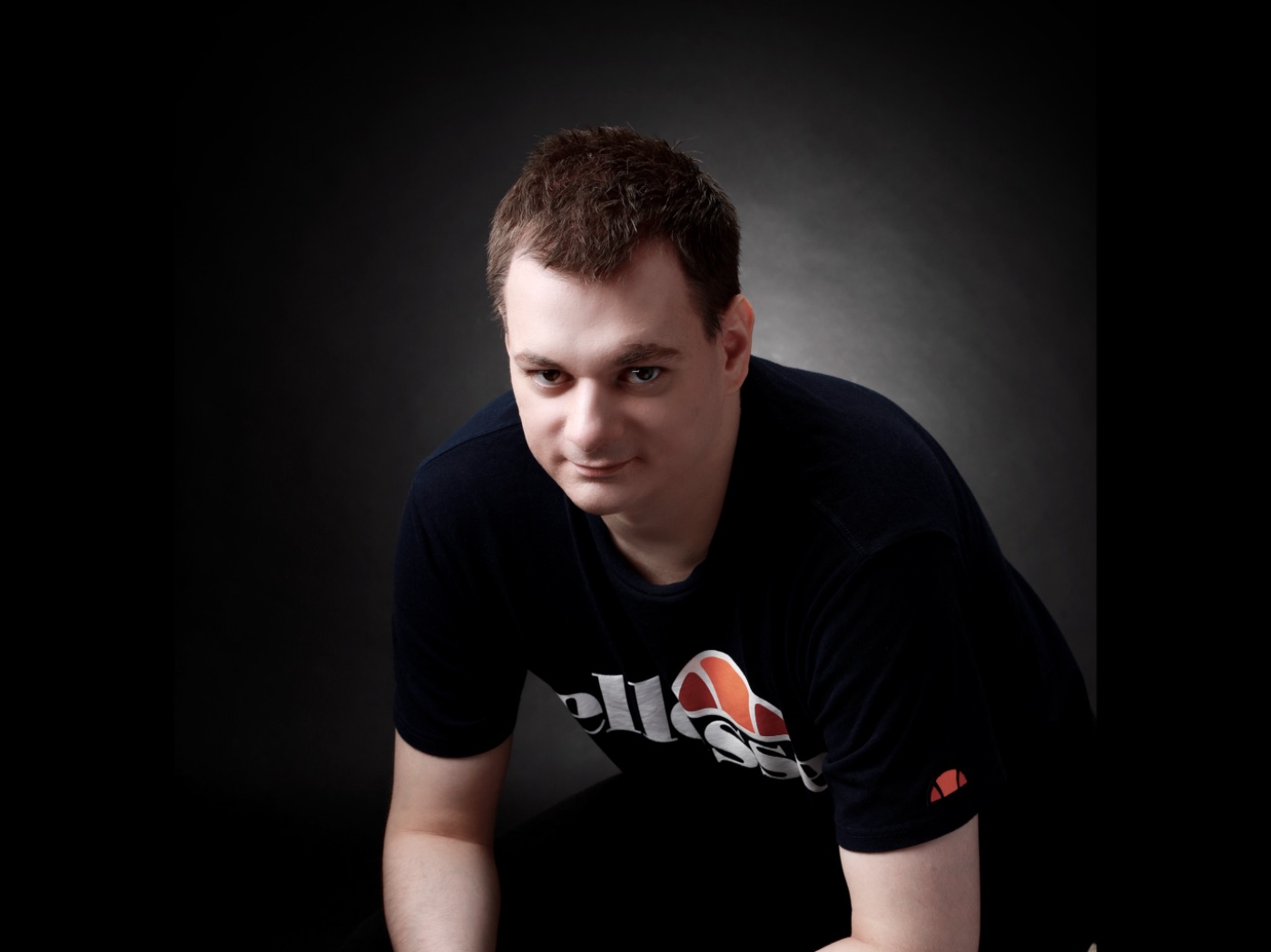Audio Presented by

Creator of Immersive Communities a Social Media Platform for Content Creators
Story's Credibility

About Author
Creator of Immersive Communities a Social Media Platform for Content Creators

Creator of Immersive Communities a Social Media Platform for Content Creators

Creator of Immersive Communities a Social Media Platform for Content Creators